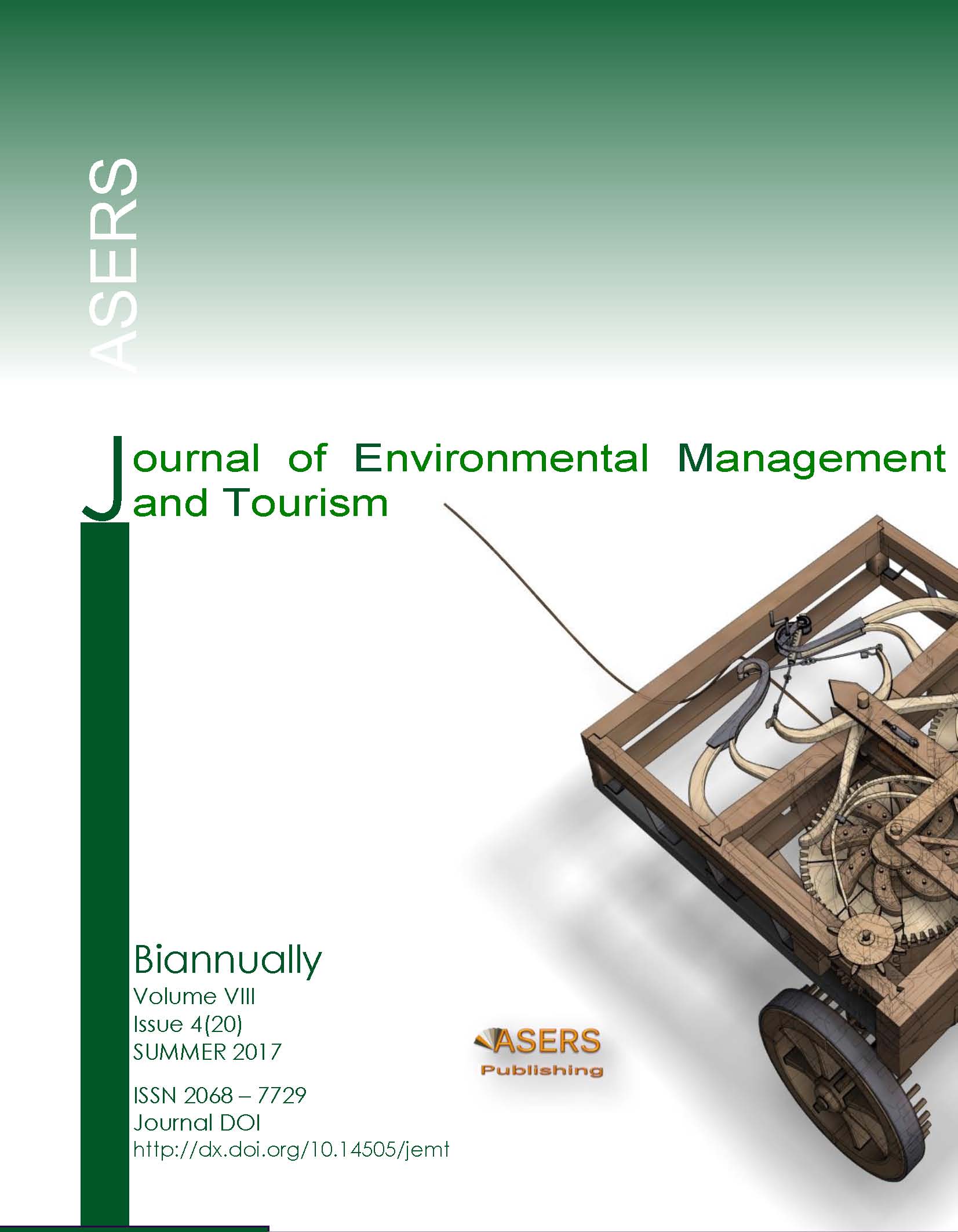The Development of a Business-Processes Model for the Quality Management System in the Hotels
Abstract
The current study seeks to extend our understanding of service quality by assessing a model of QMS that includes technical quality and functional qualities, as well as business processes, which should be modernized through the its development. The authors conducted a survey of representatives of the hotel business community located in Moscow (3-5-star hotels) and its clients to assess the most significant business processes, in terms of their impact on the quality of hotel services. As the study showed, representatives of the hotel business community support the division of business processes into four groups: key business processes; supporting business processes business management processes and business development processes, each of which has its own distinctive features.
References
[1] Andersen, B. 2007. Business Processes: Improvement Tools. Quality Press, Milwaukee.
[2] Crosetto, G., and Macazaga, J. 2005. The Process-based Organization: A Natural Organization Strategy. Amherst, MA: Amherst, MA: HRD Press.
[3] Davenport, T.H., and Short, J. 1990. The New Industrial Engineering: Information Technology and Business Process Redesign. Sloan Management Review, 31(4): 11 – 27.
[4] Drljaca, M. 2007. Methodology of Business Process Development in a Hotel. Paper presented at the International Quality Conference Creating Customer value in Tourism and Hospitality Industry, May 08-11, Kragujevac.
[5] Eliferov, V.G., and Repin, V.V. 2011. Business Processes. Regulation and Management. M.: INFRA-M.
[6] Groenroos, C. 2001. The perceived service quality concept - a mistake? MCB University Press. Managing Service Quality, 11(3): 150 -152.
[7] Groenroos, C. 1990. Service Management and Marketing. Lexington Books, Lexington, MA.
[8] Gubin, V.I., and Ostashkov, V.N. 2007. Statistical Methods for Processing Experimental Data. Tyumen State Oil and Gas University. TumGNGU. Tyumen.
[9] Hammer, M., and Stanton, S. 1999. How Process Enterprises Really Work. Harvard Business Review, 77(6): 1-10.
[10] Hammer, M., and Champi, J. 2006. Reengineering Corporation: Manifesto of the Revolution in Business. Collins Business Essentials.
[11] Kovalchuk, A.P. 2016. Features of management of investment activity in the hotel business in Russia. Paper presented at The annual international at the conference Actual problems of the hospitality and tourism industry, April 11-12, Ufa.
[12] Kovaltchuk, A.P., Dedusenko, E.A., Blinova, E.A., and Miloradov, K.A. 2016. Concept and procedures of crisis management in Russian hotel enterprises. Journal of Environmental Management and Tourism, 7(3): 473-480.
[13] Miers, D., and Harmon, P. 2005. Introduction to Evaluating BPMS Suites. BPTrends Associates.
[14] Porter, M.E. 1985. Competitive Advantage: Creating & Sustaining Superior Performance. NY: The Free Press New York.
[15] Rother, M., and Shook, J. 2008. Learn to see business processes. The practice of constructing maps of value streams. CBSD, Center for the Development of Business Skills. The Learn Enterprise Institute, Inc.
[16] Skobkin, S.S., Belavina Y.A., and Kalita G.V. 2017. Methodological Approaches to the Formation of the Quality Management System for Hotels in Russian Federation. International Review of Management and Marketing, 7(1).
[17] Tkachenko, I. N., and Kizikov, I. V. 2011. Optimization of integrated holding structures’ business processes. Upravlenets, 3 (4).
[18] Weske, M. 2012. Business Process Management: Concepts, Languages, Architectures. Springer-Verlag Berlin Heidelberg.
Copyright© 2025 The Author(s). Published by ASERS Publishing 2025. This is an open access article distributed under the terms of CC-BY 4.0 license.
